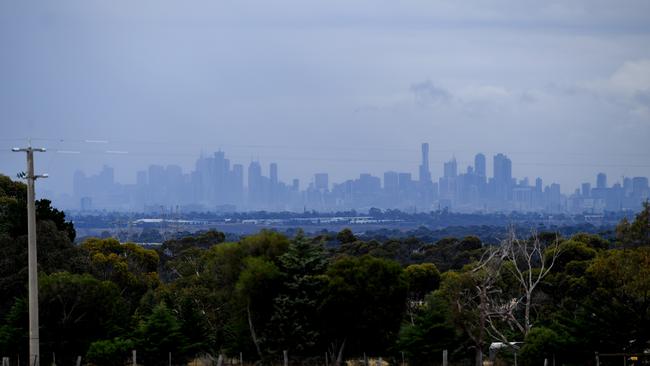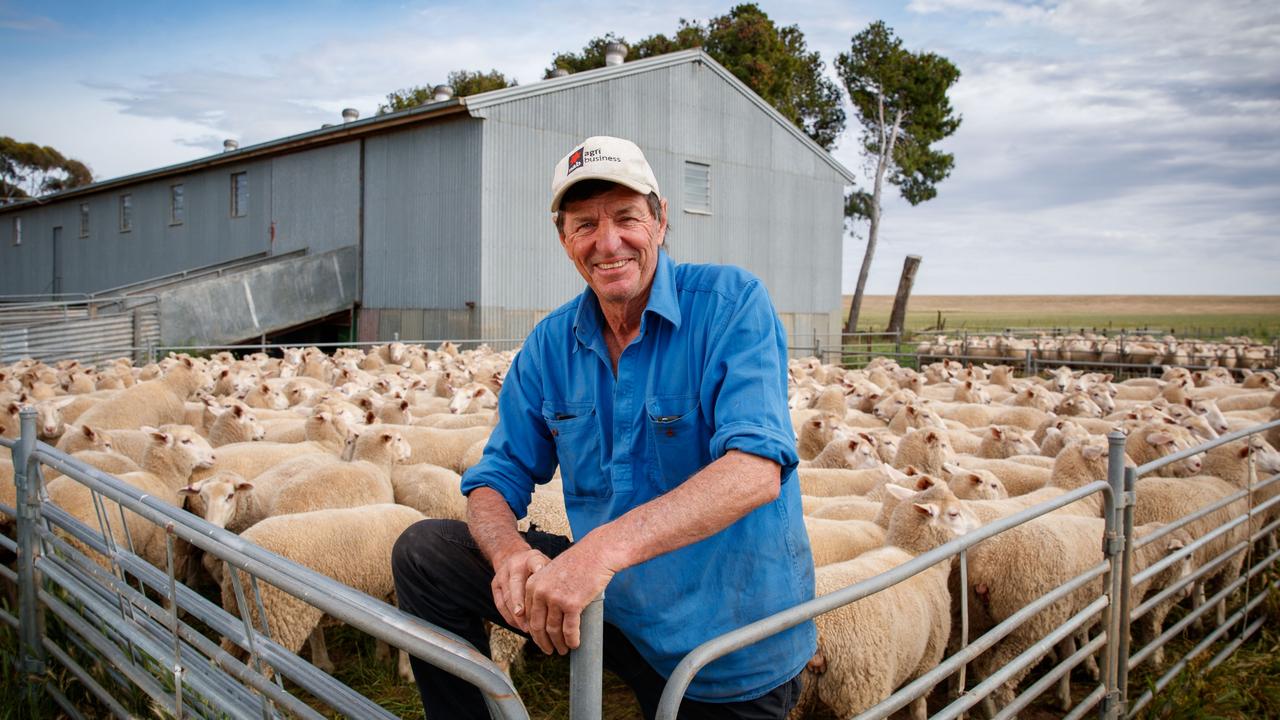Fringe dwellers vital to nourish cities
City-fringe farms can thrive and co-exist with a rapidly growing population, a former Nuffield scholar tells James Wagstaff.

AUSTRALIAN farmers need to lobby governments on the importance of maintaining and preserving viable farming business close to cities and how they can co-exist with a rapidly growing population, according to South Australian farmer James Stacey.
James operates a mixed cropping and beef business at Strathalbyn, about an hour from Adelaide and recently completed a Nuffield scholarship on securing agriculture’s future in peri-urban areas.
As part of his studies he travelled to The Netherlands, France, Singapore, Philippines, China, Germany, the UK, Canada, New Zealand and Thailand, as well as the US states of Washington DC, Iowa, Louisiana, California, Nevada, Idaho, Oregon and Washington, and said that in Australia the “rapid shift from productive farmland over the last 10 years has been swift, contentious and a veritable disaster from a planning perspective”.
“In Australia more broadly, rather than having a well-organised plan to deal with our growing populations, state and federal governments have left it to property developers to drive where and how our cities and towns have grown,” James said.
“In some cases, this has been financially rewarding for farmers operating on the fringes of these zones as they are able to sell land to property speculators, who then lobby to have that land rezoned for residential or industrial development. However, while on one hand, this same growth has impacted the ability for farmers to continue to operate successful businesses, on the other hand, it has also created opportunities for some to continue.”
James said he believed maintaining agricultural production near urban centres had a number of positives for society. He said it put those farm businesses in easy reach of both customers and a willing workforce “ready to both consume and operate a diverse range of businesses, thus maintaining a working landscape”.
GLOBAL ROAMING
DURING his travels James met with farmers and land-use regulators to assess where planning systems and laws had successfully maintained a strong agricultural sector in peri-urban zones.
He said there were cases where managing increases in population density had been successful without eroding productive land around expanding cities.
In Canada’s British Colombia, for example, stringent planning regulations demonstrated “that conservation of productive agricultural land and accommodation of a growing population can occur simultaneously”.
“Strong urban growth planning laws provide farmers with security of land tenure and the associated confident to invest in their businesses over the long-term,” James said. “They also discourage land purchases by seeking land-use changes and thus avoid competing land-use systems in concentrated areas.”
James said China’s land consolidation strategy, involving retaining 85 per cent of productive land as farmland while still encouraging development, would be unrealistic in an Australian context.
“Implementing a similar policy in our democratic society would be challenging, however the concept of setting a target or baseline around retention of farmland could help guide planning development policies in Australia,” he said.
FACT FINDING
JAMES’ recommendations include the lobbying of governments on agriculture’s importance and ability to co-exist with a growing population.
“If society makes a choice that maintaining a strong resource base for agricultural production close to urban centres is important, farmers need to be made aware so they can securely plan future farm investment,” he said.
“On the other hand, if urban encroachment becomes a priority, farmers need to get the best return for their exits from agriculture or relocation of their business.”
He said when urban growth boundaries and agricultural protected areas were designated, strong legislation was needed to ensure changes to these boundaries in the future were restrictive.
Furthermore, when land was required for growth, landowners of properties identified for development should be given 10 to 15 years’ notice in advance of the land-use change.
He said an organisation independent of planning authorities needed to be involved in assessing future population growth trends and when it was identified that land was required for development, the land made available should be on the lowest value agricultural land, leaving more productive areas for agriculture.
James also called on political donations to state, federal and local governments from property developers to be outlawed “to reduce the perceived or actual corruption that may occur regarding planning laws”.
He also said when farming in the peri-urban environment, farmers needed to be aware of the public nature of their operation and meet high community expectations of their practices while all levels of government needed to be involved in key long-term planning strategy to deal with Australia’s growing population.
MORE
NUFFIELD SCHOLAR JARROD AMERY MAKES HIS OWN WAY IN FARMING



